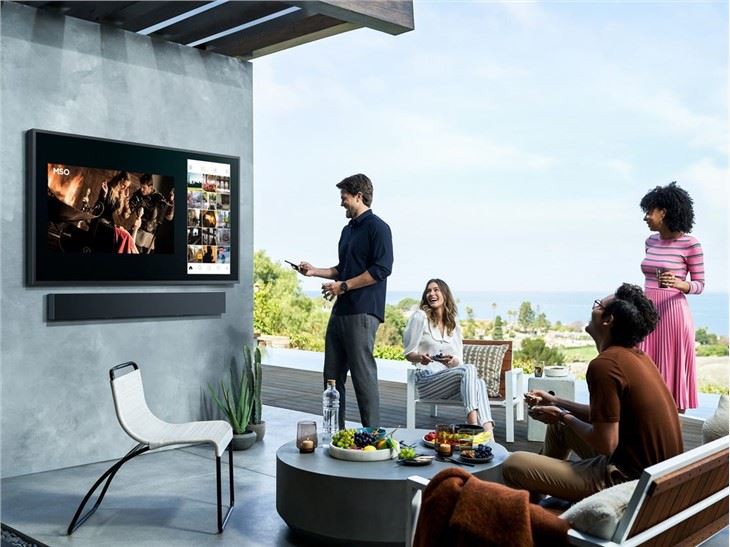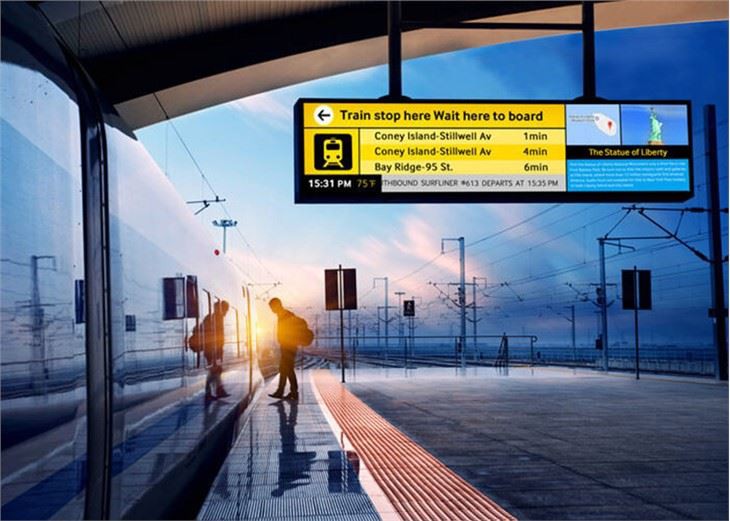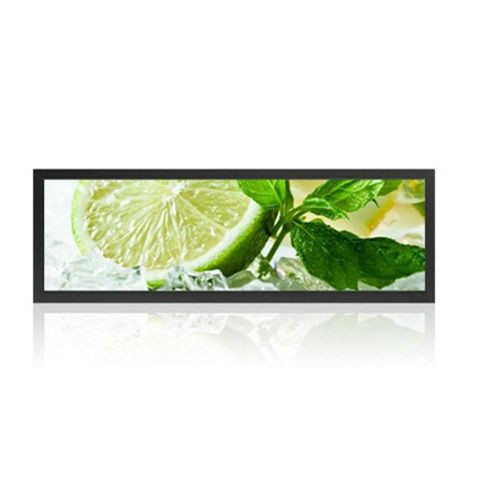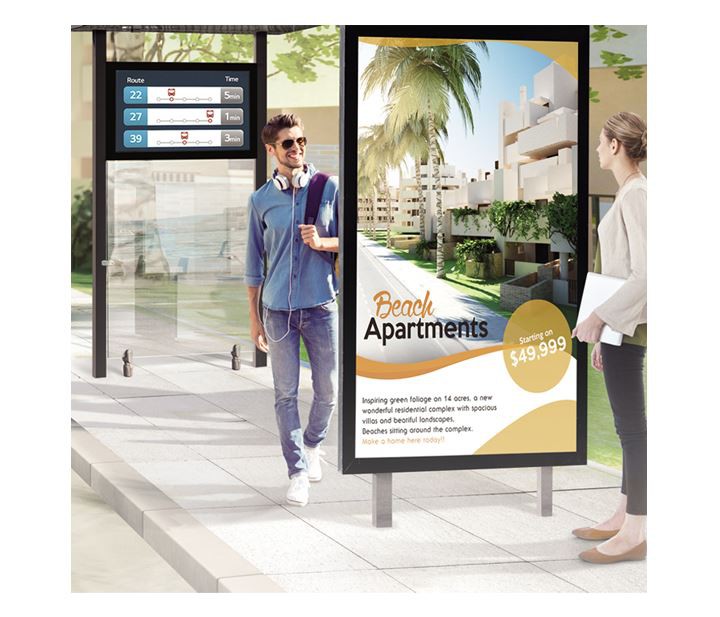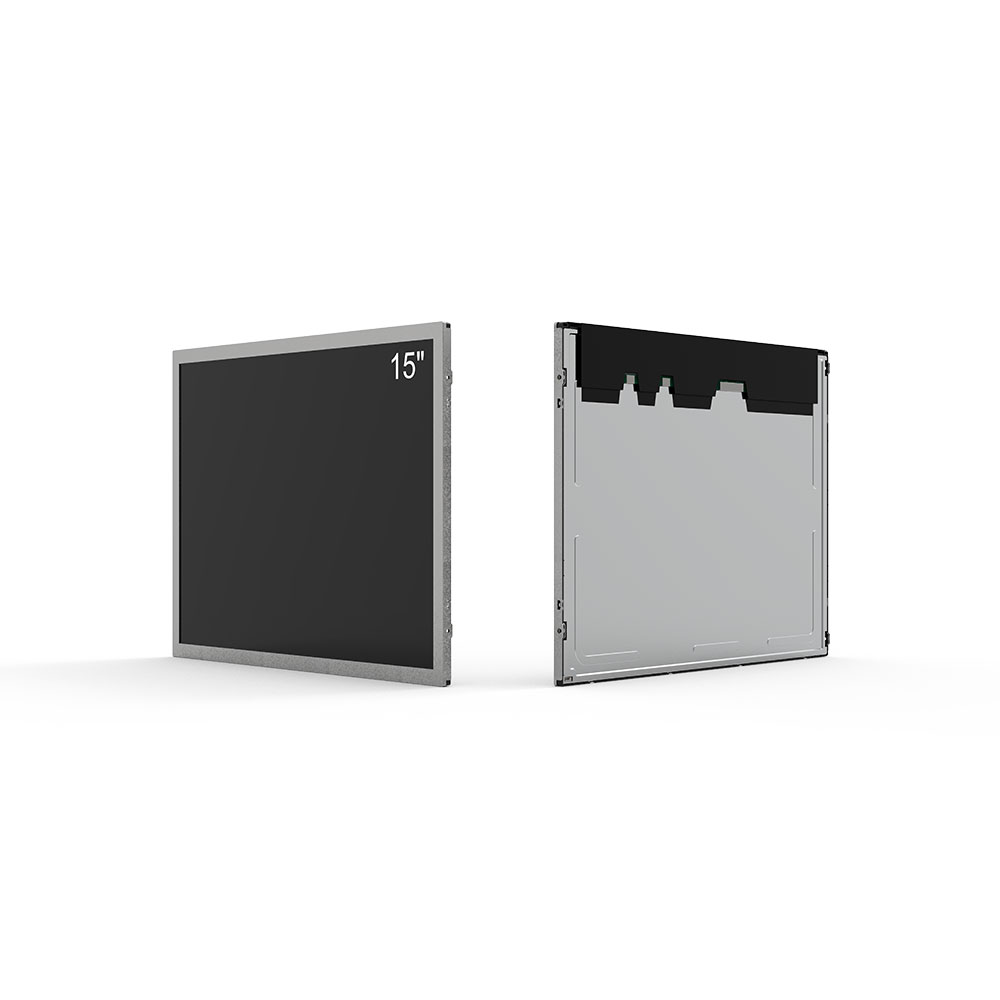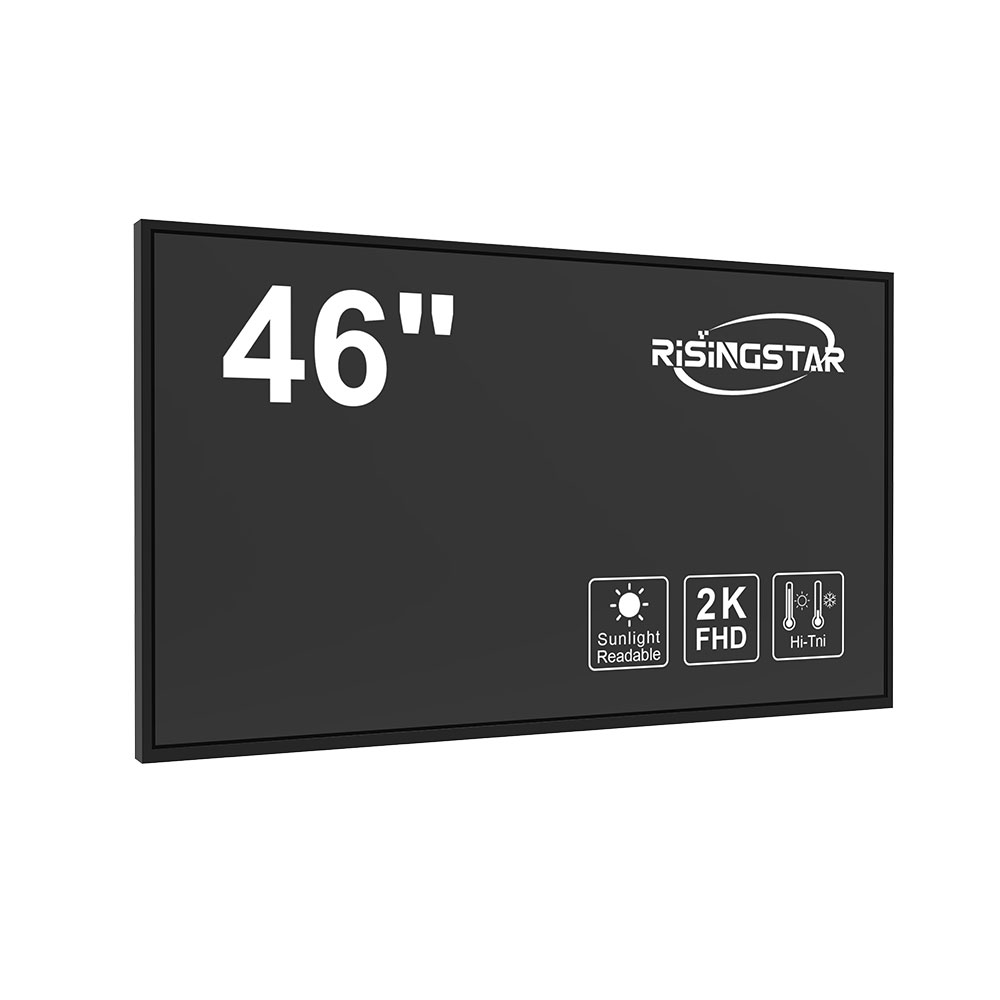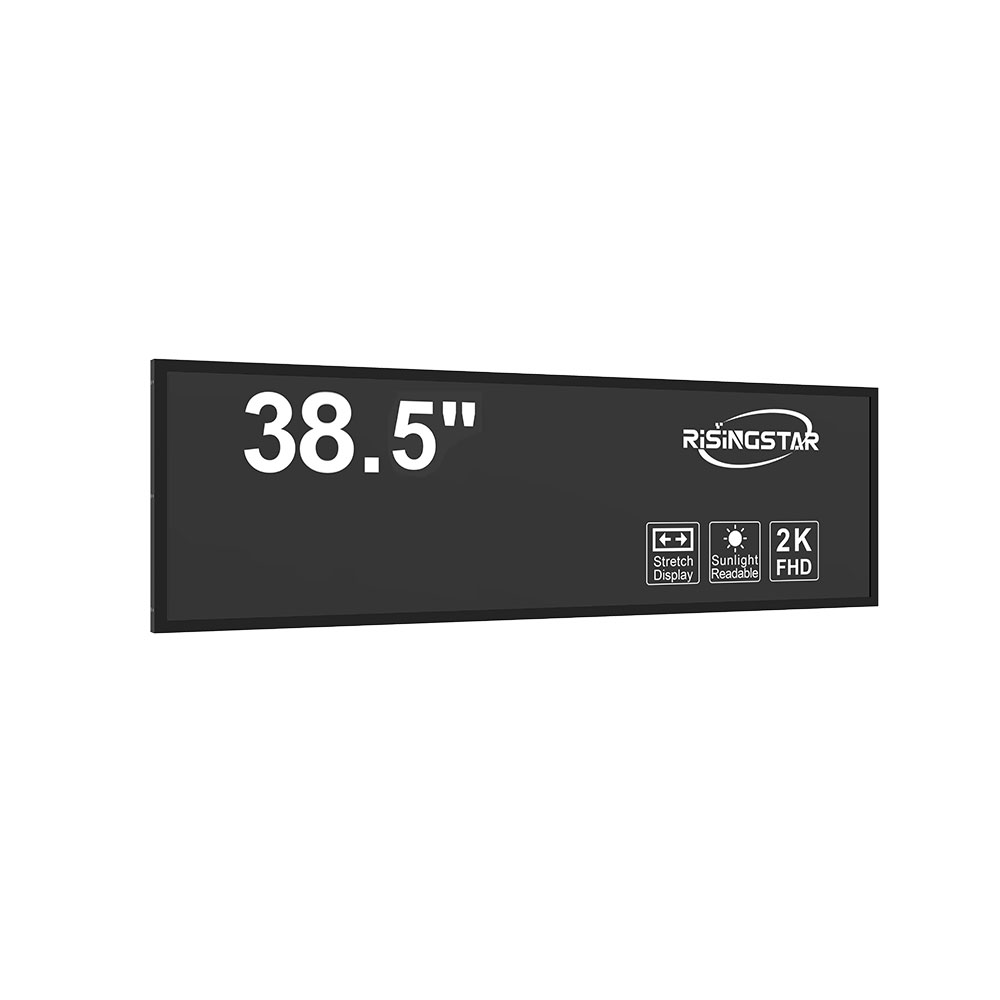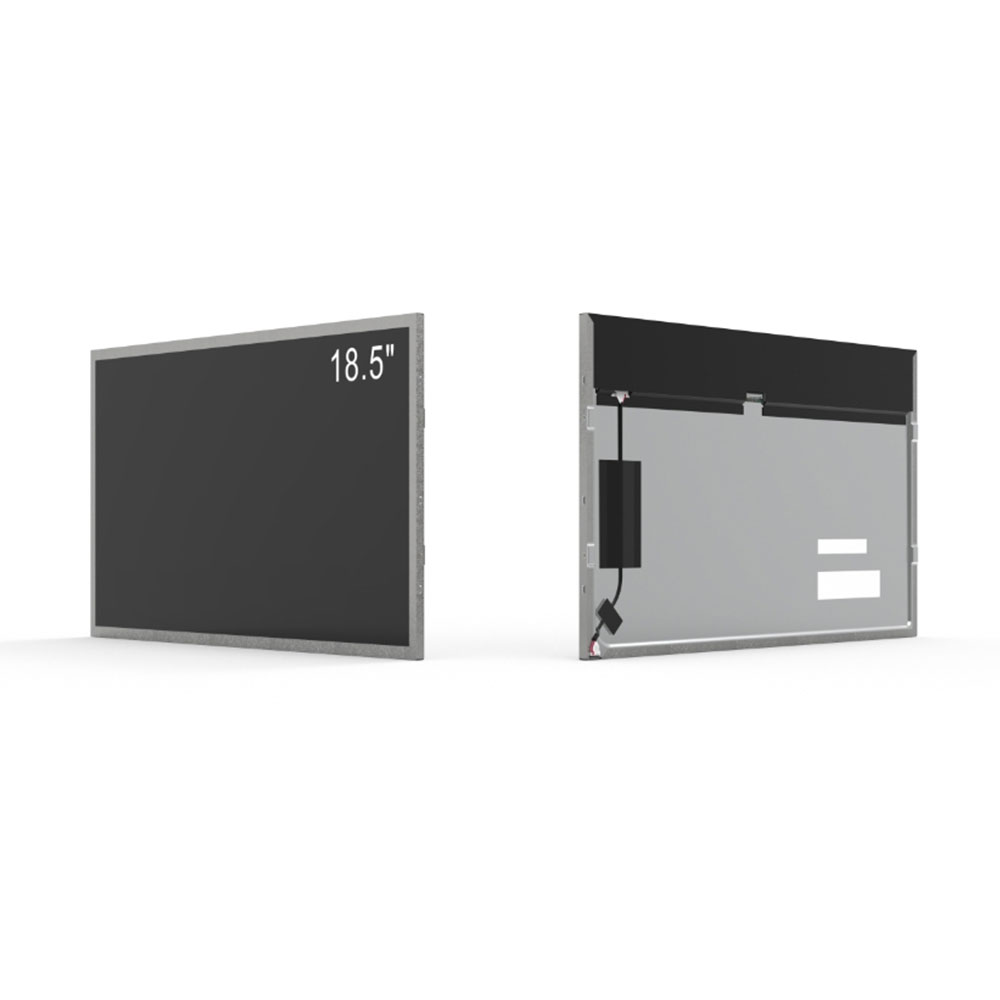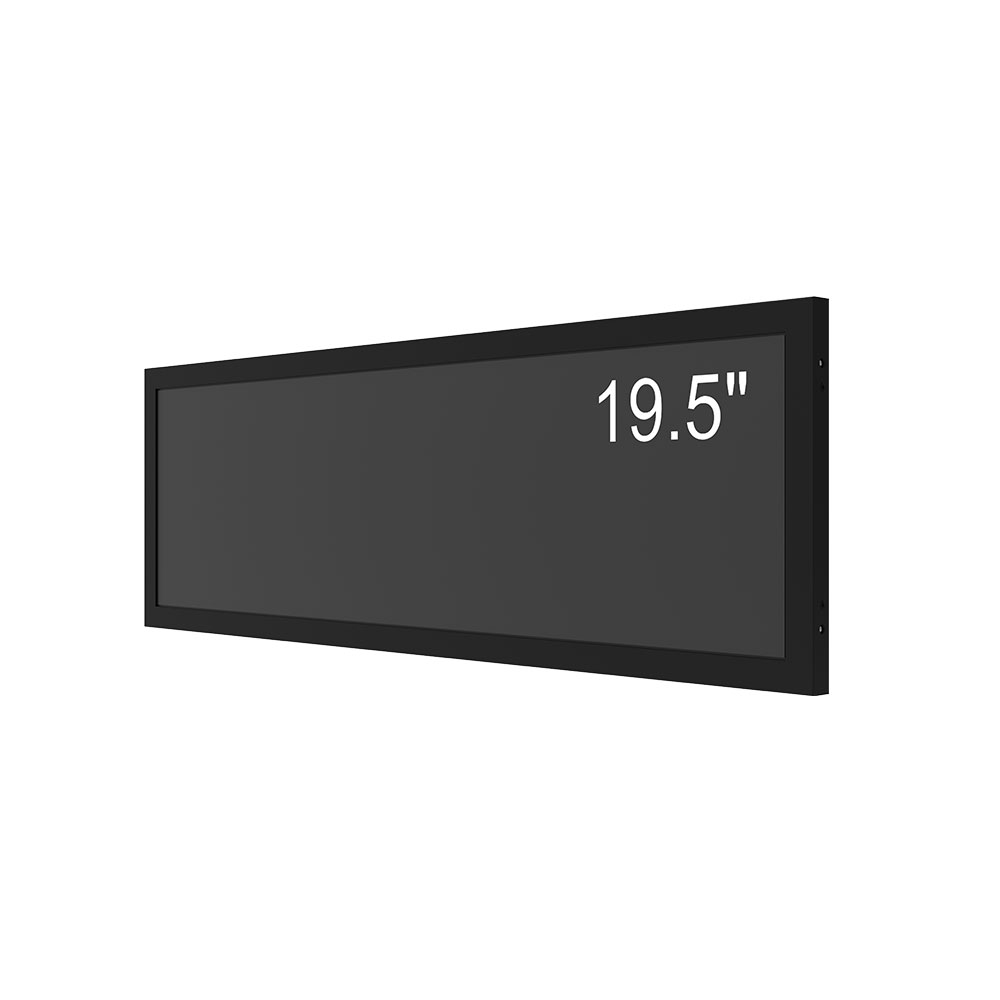When it comes to digital signage in commercial environments, outdoor LCD screens are a critical investment. Whether you're managing a retail store, a transportation hub, or a public information kiosk, selecting the right outdoor display requires careful evaluation of brightness, durability, environmental resistance, and maintenance needs. This article provides an in-depth technical guide to help businesses make informed decisions based on real-world performance data and industry standards such as IP65 ratings, ANSI/IES LM-79 photometric testing, and MIL-STD-810G military-grade shock resistance.
First, understand the core challenge: outdoor lighting conditions vary dramatically—from direct sunlight at noon to low ambient light during early morning hours. For this reason, brightness is the most critical parameter. Industry benchmarks recommend a minimum of 5,000 nits for full sun visibility, though high-end models like those from Samsung, LG, and NEC can reach up to 7,000 nits. These values are tested under controlled lab conditions per IEC 62305-4, ensuring consistency across installations.
Next, consider environmental resilience. An outdoor screen must withstand temperature extremes (from -30°C to +60°C), humidity, dust, and UV exposure. Look for enclosures rated at least IP65, which means protection against water jets and dust ingress—critical for long-term reliability. Real-world case studies from airports in Dubai and Tokyo confirm that units with proper sealing and ventilation systems reduce failure rates by over 40% compared to non-rated alternatives.
Power efficiency matters too. Modern outdoor LCDs often use LED-backlit panels with adaptive brightness control, reducing energy consumption by up to 30%. This aligns with global sustainability goals and lowers operational costs—especially important for businesses running multiple displays.
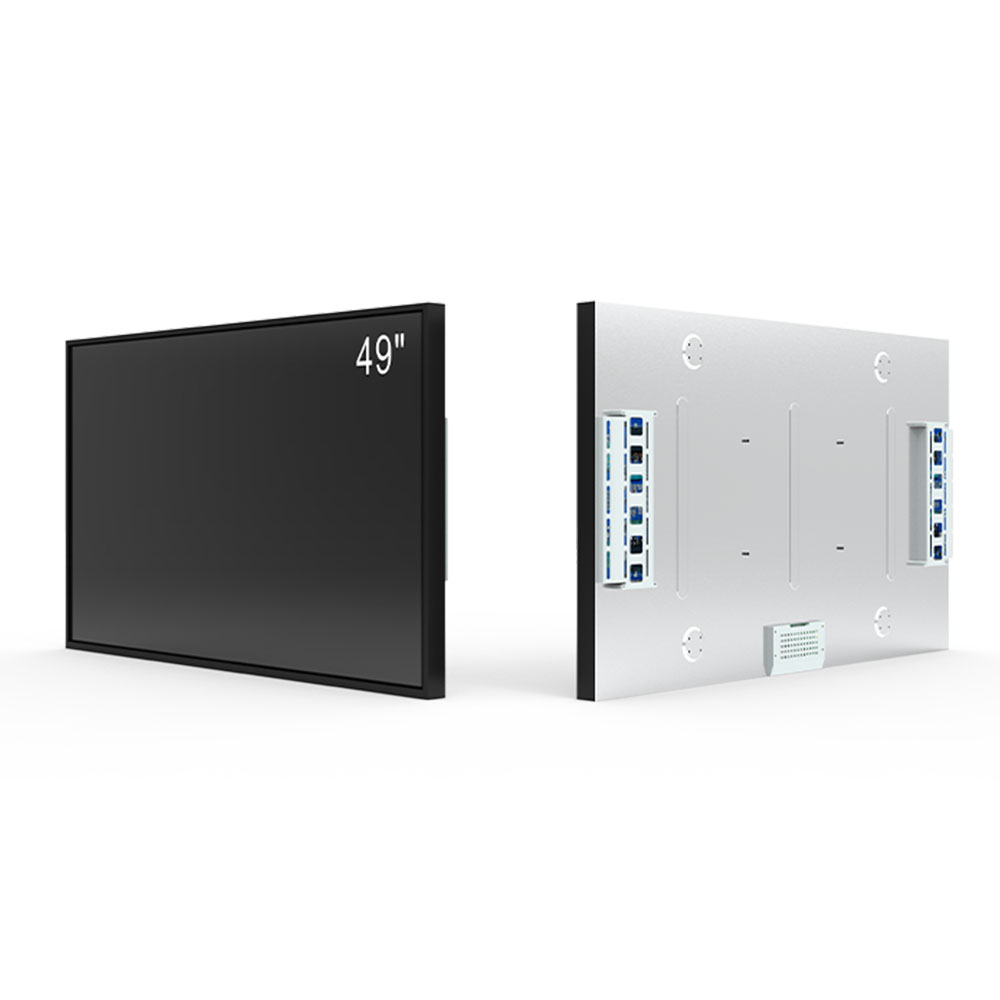
Finally, evaluate installation and maintenance support. Professional mounting solutions, remote diagnostics, and modular components (e.g., replaceable power supplies) enhance uptime and reduce downtime costs. According to a 2023 report by ABI Research, companies using smart maintenance protocols saw a 25% improvement in total cost of ownership over five years.
In conclusion, choosing the right outdoor LCD screen is not just about specs—it’s about aligning technology with real-world deployment conditions. By prioritizing brightness, environmental ratings, energy efficiency, and serviceability, businesses ensure both performance longevity and return on investment.



